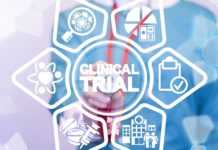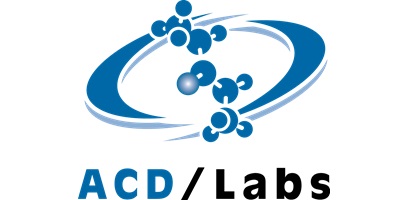Toronto, CANADA—ACD/Labs, an informatics company that develops and commercializes software in support of digitalized R&D, today released its 2025 Structure Elucidation & Verification Report. Distilled from the experience and expertise of hundreds of researchers gathered at the ACD/Labs’ annual virtual symposium in Q4 2024, the report discusses how trends have shifted since 2022; and how some of the world’s leading R&D organizations are setting themselves up for success in 2025 and beyond.
The symposia have featured presentations from Novartis, AstraZeneca, Bristol Myers Squibb (BMS), Medtronic, Sanofi, Novartis, the U.S. Food and Drug Administration (FDA), Corteva Agriscience, Sutro Biopharma, and Shimadzu; discussing challenges, goals, and how ACD/Labs Spectrus® technologies are helping drive productivity and efficiency.
As analytical groups are trying to support an increasing volume of requests without expanded capacity or staffing, the report highlights an upward trend in sample handling automation, automated data processing, and prediction (AI/ML-based) model development. Furthermore, stakeholders report that productivity initiatives must ensure expected levels of data integrity, quality, and result accuracy.
Workflow automation and high throughput analysis are being implemented across R&D sectors to address the increasing volume and complexity of analytical samples. Hyphenated chromatography techniques (LC/MS, LC/UV/MS, etc.) remain the top priority for automation with >70% selecting this to be the type of data they automate or would choose to. Interest in automating NMR, MS, and optical data analyses has increased in the last few years. Finally, while 60% still carry out manual structure verification, automated structure verification by NMR (ASV) is reported to be an efficiency driver for both NMR experts and synthetic/medicinal chemists in open-access labs.
Improving data quality and accuracy remains a focus, not only to provide efficiency benefits from automated workflows without significantly increasing risk, but also so that data can be confidently used in machine learning and AI-powered structure elucidation.
The multi-technique approach employed by most labs for structure characterization is also discussed. Software supporting entire workflows or the ability to assemble data in one interface is reported to eliminate the risk of data transcription errors, increase confidence, and empower analysts.
“We spend the majority of our time on structure elucidation and verification, but no other conference or meeting makes this their focus,” said an attendee and past speaker who is responsible for materials characterization at a leading pharmaceutical company. “It’s exhilarating to share challenges and successes with peers across the industry and leave with ideas of how we can further improve efficiency and confidence in our work.”
Read the full report at www.acdlabs.com/SEV2025Report.




















